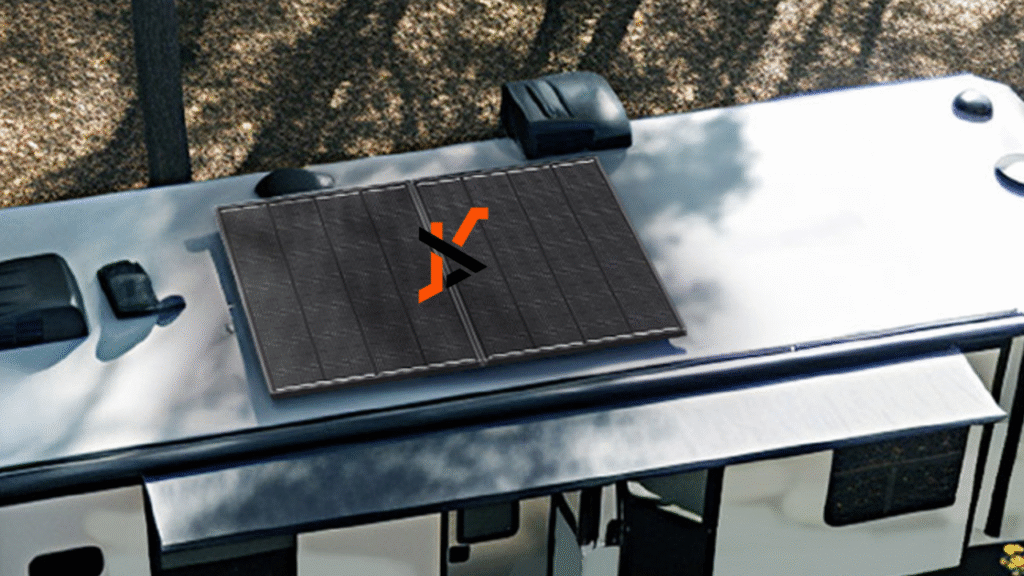In the world of off-grid solar systems, panel efficiency is only half the story. The other half—often overlooked until it becomes a problem—is how panels perform under partial shading. For remote cabins, RVs, and tiny homes nestled under trees or surrounded by tall structures, shadows can wreak havoc on energy output. That’s why shadow management has become a critical focus for those who rely on solar power off the grid.
Why Shading Is a Big Deal Off the Grid
Unlike grid-tied systems, off-grid solar setups don’t have the luxury of backup utility power. Every watt counts. A few shaded cells can disrupt power generation and significantly reduce the total output of your solar array. This isn’t just inconvenient—it can compromise your refrigerator, water pump, or heating system when you need them most.
Conventional solar panels tend to suffer disproportionately when even a small portion of the panel is shaded. In many cases, shading just 10% of a panel can lead to more than 50% output loss. This inefficiency makes standard panels a risky choice for real-world off-grid conditions where sunlight is rarely perfect all day.

A Smarter Way to Handle Shadows: Cell-Level Shadow Management
Enter Sungold Solar’s Cell‑Level Shadow Management technology, a new approach that limits the performance loss typically caused by partial shading. Instead of letting a shaded section drag down the entire panel, this technology isolates the affected area and keeps the rest of the panel operating close to its peak.
This approach, featured in Sungold’s PA621 solar panel, is particularly valuable for mobile or semi-permanent setups like off-grid homes, RVs, or mobile workstations. When shadows shift throughout the day—say, from a tree branch, antenna, or even the awning of a camper—this kind of adaptive technology helps stabilize energy output and improve system reliability.
Meet the PA621: Built for Real-World Off-Grid Use
The PA621 solar panel isn’t just another solar product with good marketing. It’s engineered with high-efficiency monocrystalline cells and a rugged ETFE surface, making it well-suited for harsh environments where off-grid systems thrive. From remote mountain cabins to traveling solar vans, the PA621 is designed to handle both the environmental elements and the real-world inconsistencies of sunlight exposure.

When combined with an MPPT charge controller and a deep-cycle battery bank, the PA621 can contribute to a well-rounded system that supports typical off-grid loads—LED lighting, a small fridge, fans, and mobile electronics. More importantly, it minimizes the performance dips that often catch users off guard.
Who Benefits Most?
- Vanlifers and RV travelers who park in wooded campsites and national parks
- Off-grid homeowners in forested or partially shaded terrains
- Tiny home dwellers looking for a low-maintenance energy solution
- Outdoor workstations or mobile offices where gear is often deployed under canopies or trees
In all these scenarios, maintaining steady power despite inconsistent lighting is not just a bonus—it’s essential.
Final Thoughts: The Right Tech for the Right Environment
If you’re building or upgrading an off-grid solar system, make sure your panels are equipped to handle more than just sunshine. Investing in shading-resistant solar panels with intelligent energy management features can mean the difference between energy independence and constant troubleshooting.
For a deeper dive into how shading affects solar panel performance and what modern technologies are doing to fix it, check out this article on solar shading and partial performance thresholds

